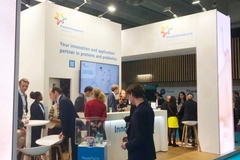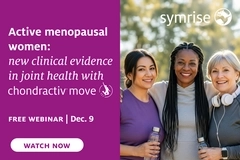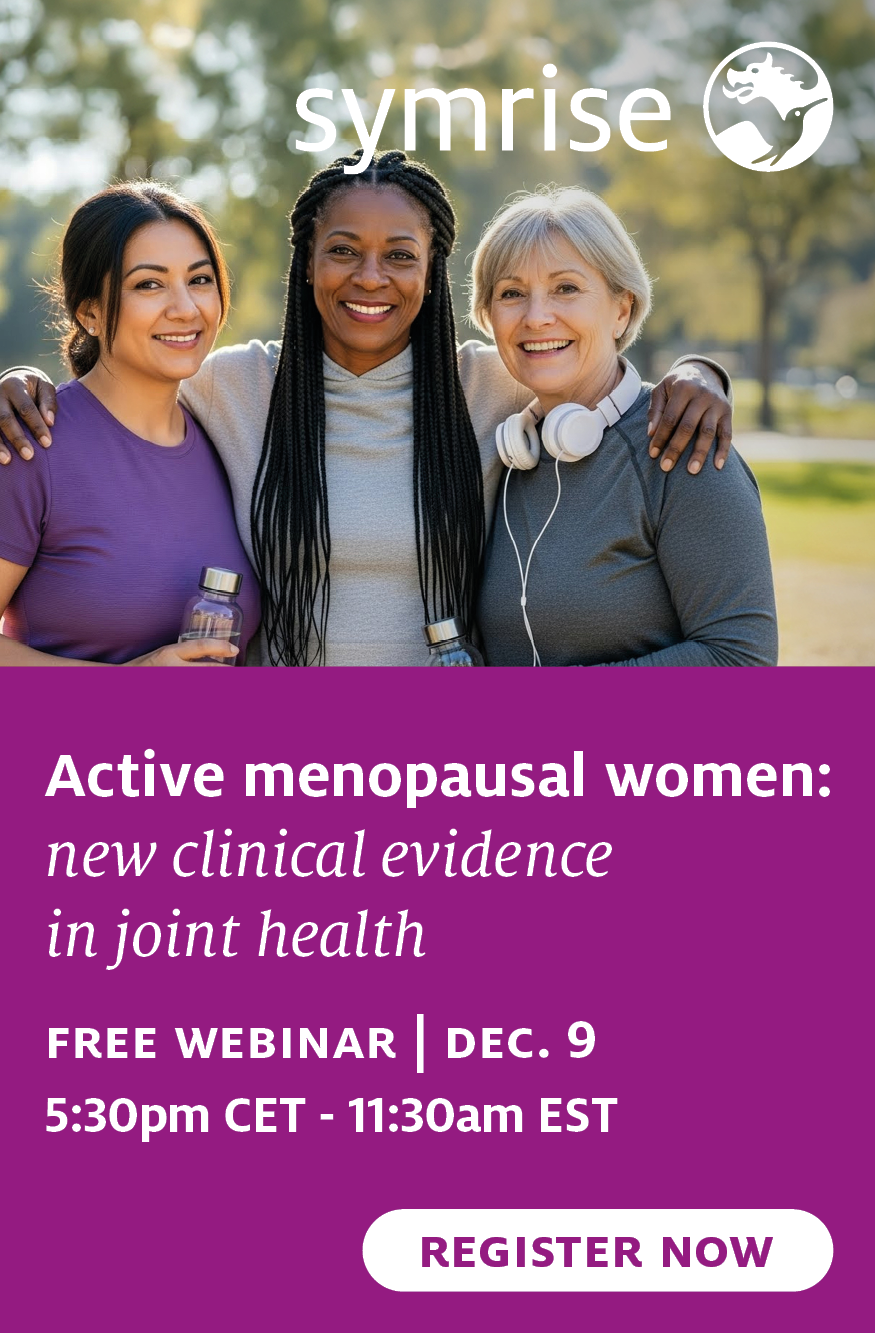Study Confirms Soya Isoflavones Reduce Menopausal Hot Flushes

The analysis found clear and consistent evidence that soya isoflavone supplements, like Novasoy brand soya isoflavones, are significantly more effective than placebo in reducing the frequency and severity of hot flushes.

4 April 2012 --- Archer Daniels Midland Company has shared the results of a new meta-analysis on the role of soya isoflavones in easing menopausal hot flushes. The analysis, published by Menopause: The Journal of The North American Menopause Society, found clear and consistent evidence that soya isoflavone supplements, like Novasoy brand soya isoflavones, are significantly more effective than placebo in reducing the frequency and severity of hot flushes.
“The key finding in this study is that when you limit the analysis to isoflavone supplements derived from soya or those with profiles identical to soya, there is a very consistent effect on hot flush relief,” said Mindy S. Kurzer, Ph.D, professor of nutrition at the University of Minnesota, hormone expert and contributing author to the study. “Almost all studies in the meta-analysis show a consistent reduction in hot flush frequency and severity.”
The meta-analysis – which is the largest and most comprehensive conducted to date – revealed that ingestion of soya isoflavones for six weeks to 12 months significantly reduced the frequency of hot flushes by more than 20 percent compared with placebo. Soya isoflavones also significantly reduced hot flush severity by more than 26 percent compared with placebo. The analysis found that the decrease in hot flush frequency in longer duration trials (more than 12 weeks) was approximately threefold greater than the decrease in shorter-duration trials.
“For women who are bothered by hot flushes, any reduction in frequency or severity may be welcome – especially if it can be achieved without side effects,” said Melissa K. Melby, Ph.D (University of Delaware), hot flush expert and contributing author to the study. “Soya isoflavones appear to be a good first approach to alleviating hot flushes. Since there is often a large placebo effect, women taking supplements with the right soya isoflavone profile will likely see at least a 50 percent reduction compared to doing nothing.”
Though many different isoflavones exist in nature, the three found in soya are genistein, daidzein and glycitein. According to the authors of the study, isoflavone supplements providing higher amounts of genistein were approximately 50 to 200 percent more potent at reducing hot flush frequency than isoflavone supplements containing lower amounts of genistein.
“Daily supplements providing a total of 50 mg of total isoflavones will be effective as long as they also provide at least 19 milligrams of genistein,” said Mark Messina, Ph.D, soya expert, industry consultant and contributing author to the study.
“We are pleased that such a thorough evaluation of the most well-conducted studies showed that soya isoflavones are highly effective in reducing hot flushes,” said Steve O’Brien, product manager of Natural Health and Nutrition at ADM. “To maximize its effect, ADM’s Novasoy brand soya isoflavones reflect the same profile of isoflavones naturally present in soya, including higher amounts of genistein.”
“Hot flushes are one of the most common symptoms of menopause,” added Messina. “For women with moderate-to-severe hot flushes who are seeking relief from symptoms, the reduction in the number and severity of hot flushes observed in our analysis in response to soya isoflavones will likely result in a significant improvement in quality of life.”
A meta-analysis is a statistical analysis of a large number of studies for the purpose of integrating the findings. Of the 17 studies included in the meta-analyses, 13 trials (including 1,196 women) evaluated hot flush frequency, and nine trials (including 988 women) evaluated hot flush severity.
The analysis was conducted by Kyoko Taku, Ph.D, MD (National Institutes of Health, Japan); Melby; Fredi Kronenberg, Ph.D (Stanford University); Kurzer; and Messina. The complete article will be published in the July issue of Menopause.













